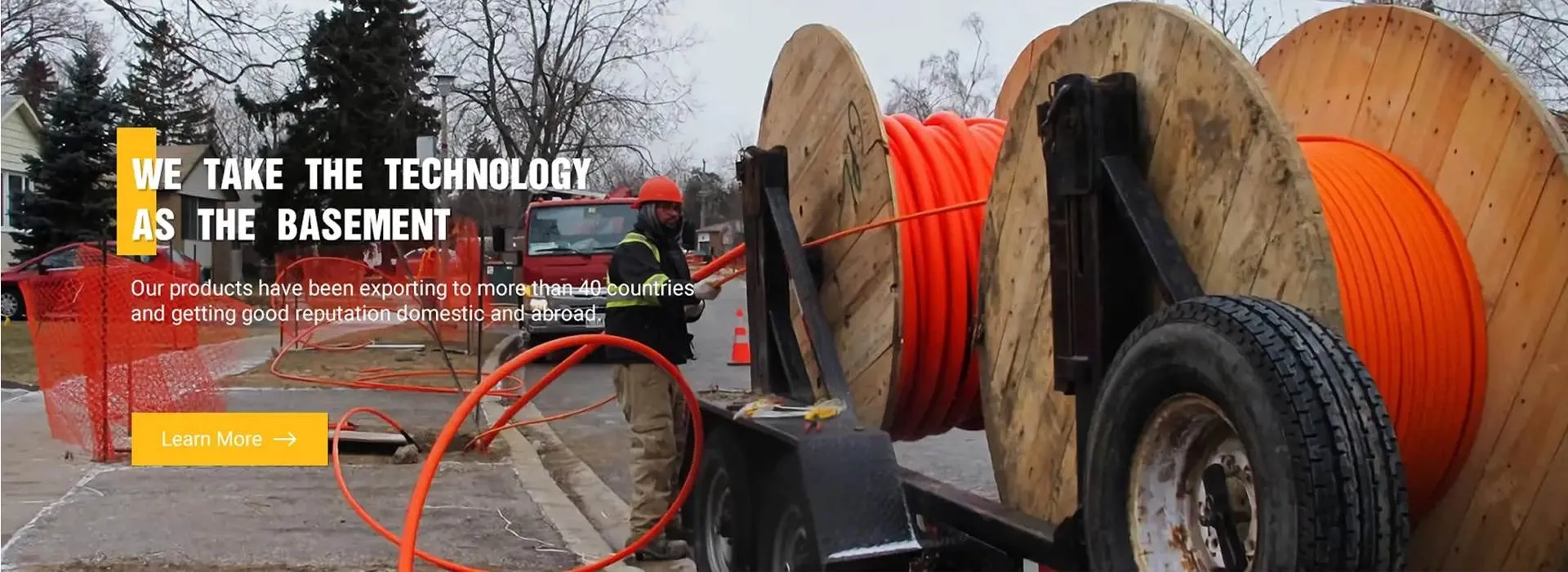
-
 Afrikaans
Afrikaans -
 Albanian
Albanian -
 Amharic
Amharic -
 Arabic
Arabic -
 Armenian
Armenian -
 Azerbaijani
Azerbaijani -
 Basque
Basque -
 Belarusian
Belarusian -
 Bengali
Bengali -
 Bosnian
Bosnian -
 Bulgarian
Bulgarian -
 Catalan
Catalan -
 Cebuano
Cebuano -
 Corsican
Corsican -
 Croatian
Croatian -
 Czech
Czech -
 Danish
Danish -
 Dutch
Dutch -
 English
English -
 Esperanto
Esperanto -
 Estonian
Estonian -
 Finnish
Finnish -
 French
French -
 Frisian
Frisian -
 Galician
Galician -
 Georgian
Georgian -
 German
German -
 Greek
Greek -
 Gujarati
Gujarati -
 Haitian Creole
Haitian Creole -
 hausa
hausa -
 hawaiian
hawaiian -
 Hebrew
Hebrew -
 Hindi
Hindi -
 Miao
Miao -
 Hungarian
Hungarian -
 Icelandic
Icelandic -
 igbo
igbo -
 Indonesian
Indonesian -
 irish
irish -
 Italian
Italian -
 Japanese
Japanese -
 Javanese
Javanese -
 Kannada
Kannada -
 kazakh
kazakh -
 Khmer
Khmer -
 Rwandese
Rwandese -
 Korean
Korean -
 Kurdish
Kurdish -
 Kyrgyz
Kyrgyz -
 Lao
Lao -
 Latin
Latin -
 Latvian
Latvian -
 Lithuanian
Lithuanian -
 Luxembourgish
Luxembourgish -
 Macedonian
Macedonian -
 Malgashi
Malgashi -
 Malay
Malay -
 Malayalam
Malayalam -
 Maltese
Maltese -
 Maori
Maori -
 Marathi
Marathi -
 Mongolian
Mongolian -
 Myanmar
Myanmar -
 Nepali
Nepali -
 Norwegian
Norwegian -
 Norwegian
Norwegian -
 Occitan
Occitan -
 Pashto
Pashto -
 Persian
Persian -
 Polish
Polish -
 Portuguese
Portuguese -
 Punjabi
Punjabi -
 Romanian
Romanian -
 Russian
Russian -
 Samoan
Samoan -
 Scottish Gaelic
Scottish Gaelic -
 Serbian
Serbian -
 Sesotho
Sesotho -
 Shona
Shona -
 Sindhi
Sindhi -
 Sinhala
Sinhala -
 Slovak
Slovak -
 Slovenian
Slovenian -
 Somali
Somali -
 Spanish
Spanish -
 Sundanese
Sundanese -
 Swahili
Swahili -
 Swedish
Swedish -
 Tagalog
Tagalog -
 Tajik
Tajik -
 Tamil
Tamil -
 Tatar
Tatar -
 Telugu
Telugu -
 Thai
Thai -
 Turkish
Turkish -
 Turkmen
Turkmen -
 Ukrainian
Ukrainian -
 Urdu
Urdu -
 Uighur
Uighur -
 Uzbek
Uzbek -
 Vietnamese
Vietnamese -
 Welsh
Welsh -
 Bantu
Bantu -
 Yiddish
Yiddish -
 Yoruba
Yoruba -
 Zulu
Zulu


Dec . 19, 2024 08:40 Back to list
sds ground rod
Understanding SDS Ground Rods Essential Components for Electrical Safety
Grounding is a crucial aspect of electrical safety, serving as a protective measure against electrical faults and surges. One of the key components in grounding systems is the ground rod, a conductive rod driven into the earth to establish a low-resistance path for fault currents. In the realm of grounding solutions, the SDS ground rod has gained attention for its durability, efficiency, and effectiveness.
What is an SDS Ground Rod?
The SDS ground rod is a type of grounding electrode that utilizes advanced materials and design to enhance its performance compared to traditional copper or galvanized steel rods. SDS, which stands for Solid State, typically refers to a composition that includes steel cores and conductive coatings designed to improve electrical conductivity while resisting corrosion. This innovative design allows for longer service life and lower maintenance costs.
Importance of Grounding Systems
Grounding systems are vital in residential, commercial, and industrial electrical installations. They help prevent electrical shock, reduce the risk of fire, and protect sensitive electronic equipment from voltage spikes. Without an effective grounding system, electrical installations can become hazardous, leading to equipment failures or, in severe cases, human injury.
Features of SDS Ground Rods
1. Corrosion Resistance One of the significant advantages of SDS ground rods is their superior resistance to corrosion. Traditional copper and galvanized rods can degrade over time, especially in harsh soil conditions. The SDS ground rod’s advanced materials are designed to withstand various environmental factors, ensuring consistent performance over its lifespan.
2. Enhanced Conductivity The solid-state technology used in SDS ground rods ensures high electrical conductivity, which means that fault currents can be diverted quickly and efficiently. This characteristic is essential for preventing damage to electrical installations and ensuring safety.
sds ground rod

3. Ease of Installation SDS ground rods are designed for easy installation. Their construction often includes tapered ends to facilitate driving into the ground. This feature not only minimizes installation time but also enhances the integrity of the grounding connection.
4. Versatile Applications SDS ground rods are suitable for a wide range of applications, including residential grounding systems, commercial buildings, and industrial facilities. Their versatility makes them an ideal choice for various electrical installations requiring grounding solutions.
5. Compliance with Standards Most SDS ground rods meet or exceed national and international grounding standards. When selecting grounding solutions, it is crucial to ensure that they comply with regulations set forth by organizations like the National Fire Protection Association (NFPA) and the Institute of Electrical and Electronics Engineers (IEEE).
Installation Considerations
When installing an SDS ground rod, it is essential to consider several factors, such as soil resistivity, the depth of installation, and the number of rods required for effective grounding. Conducting a soil resistivity test may be necessary to determine the best approach for installation, ensuring that the grounding system performs optimally.
Maintenance and Inspection
Although SDS ground rods are designed for durability, regular inspection and maintenance should be conducted to ensure ongoing effectiveness. Checking for corrosion, physical damage, and proper connections is crucial in maintaining an effective grounding system.
Conclusion
SDS ground rods represent a significant advancement in grounding technology, offering improved durability, conductivity, and ease of installation compared to traditional grounding solutions. As electrical systems continue to evolve and grow in complexity, the role of effective grounding solutions like SDS ground rods becomes increasingly important. By investing in high-quality grounding systems, homeowners and businesses can enhance their safety, protect their equipment, and ensure the longevity of their electrical systems.
Latest news
What Are Construction Tools and How Are They Used?
NewsJul.11,2025
Professional-Grade Duct Rodding Tools for Superior Cable Installation
NewsJul.11,2025
Enhancing Safety and Efficiency with Modern Hot Stick Solutions
NewsJul.11,2025
Empowering Cable Installation with Advanced Rodder Solutions
NewsJul.11,2025
Elevate Your Cable Installation Projects with Cable Pulling Tools
NewsJul.11,2025
Efficient Cable Handling Solutions: Cable Rollers for Sale
NewsJul.11,2025











